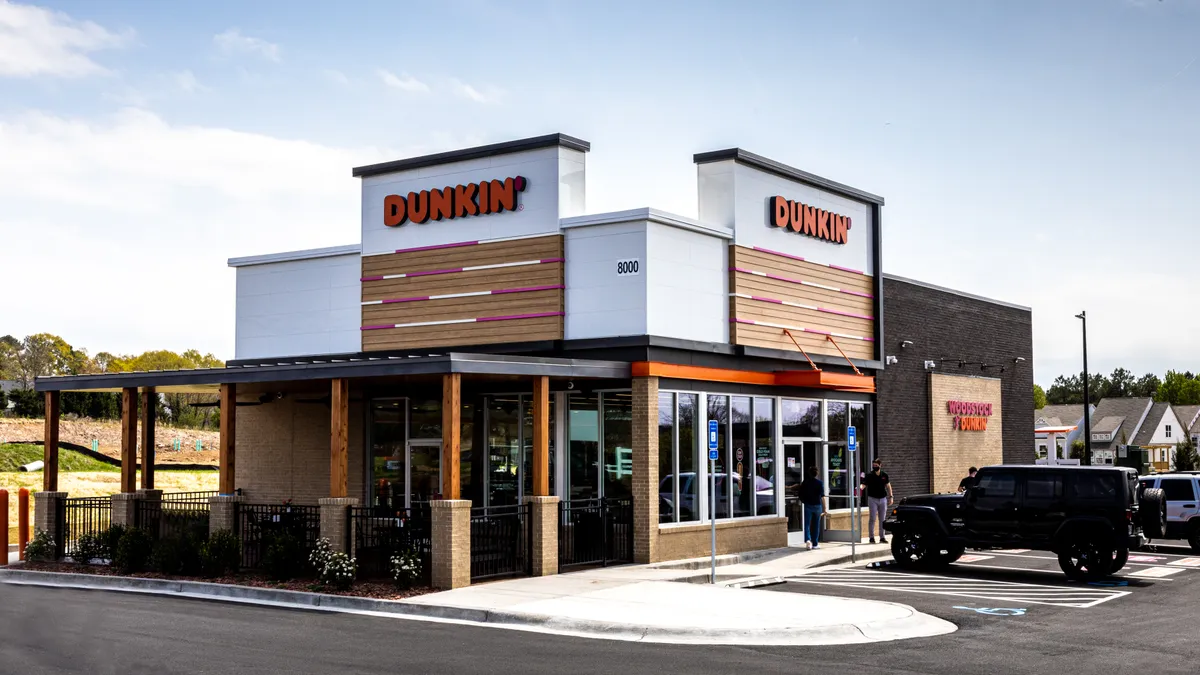When a promising SaaS platform arrives with a low-upfront fee and lofty “set & forget” claims, it can feel like a no-brainer, until the hidden charges hit and expansion grinds to a halt. Foodservice companies routinely find themselves locked into add-on fees, surprise maintenance bills and monolithic codebases that buckle as they grow. The result? Budgets explode, IT teams scramble and strategic initiatives stall.
Here’s how foodservice leaders can turn the tide, leveraging data integration, AI and microservices to slash maintenance costs, eliminate scaling friction and build a truly future-proof tech stack.
Unmasking the true cost of “Free” in food service
Many vendors lure operators with low monthly subscription fees, then layer on charges for:
- Per-API call fees: Suddenly, every digital menu update and loyalty point sync carries a cost.
- Premium support tiers: When you hit an issue at dinner rush, expedited patches come at a premium.
- Mandatory upgrade contracts: “Free” upgrades lock you into multiyear commitments with hefty fees.
As a result, many operators report that maintenance costs balloon as they scale, leading to operational disruptions and financial strain.
The Scalability cliff
A platform that runs smoothly in 10 locations may collapse under the weight of 100. Common symptoms include:
- Manual data migrations: Spreadsheets and scripts that must be rewritten for each new store.
- Performance degradation: Sluggish POS interfaces and report backlogs during peak hours.
- Consulting overruns: Third-party experts become necessary just to keep basic features online.
As a result, many foodservice companies experience slower deployment times as they open new units, creating technological debt that can reduce efficiency and increase the costs of maintenance over time.
A modern solution: API-First microservices
Switching to an API-first microservices architecture allows operators to break away from rigid, monolithic platforms. Microservices allow for:
- Surgical upgrades: Redeploy specific services without impacting others. For example, a change to menu management doesn't require a rebuild of the loyalty engine.
- Elastic scale: Only services that are under load, like drive-thru order routing, scale up, optimizing costs.
- Resilience: A failure in one module doesn't affect the entire system, increasing system uptime.
Pair microservices with an API gateway to enforce security, rate limits and version control. This fabric lets internal teams and third-party partners tap into data streams without brittle point-to-point builds and cut integration costs.
Amplifying ROI with AI-Driven insights
Integrating AI into your foodservice tech stack, particularly alongside microservices, enables powerful solutions that improve operational efficiency and unlock new revenue streams. Here are some key AI-driven capabilities tailored to the foodservice industry:
- Predictive maintenance: Leveraging machine learning models to anticipate hardware failures and prevent costly downtimes, resulting in improved system reliability and reduced emergency support calls.
- Personalized customer engagement: Using AI to enhance customer experience through tailored promotions, improving order accuracy and providing customized offers that increase customer satisfaction and loyalty.
- Operational efficiency: AI-driven insights optimize kitchen and front-of-house operations by intelligently batching orders based on predicted store traffic, reducing waste and improving food prep efficiency to meet real-time demand without excess labor or inventory.
- Dynamic upselling and cross-selling: AI powers smarter upselling at the point of sale, offering personalized menu recommendations based on customer behavior, which can increase average ticket sizes.
- Real-time demand forecasting: AI-driven tools forecast demand across locations, allowing businesses to adjust staffing levels and stock in real-time, ensuring optimal performance during peak hours and minimizing waste.
By developing an AI and microservices strategy, foodservice businesses will create a competitive advantage
Key takeaways for Foodservice executives
Over 60% of foodservice tech leaders cite high costs and legacy systems as major barriers to implementation. According to a new research report from digital transformation consultancy Stable Kernel, The Future Served Fast: How AI & Tech Are Reshaping Foodservice.
While many foodservice companies have seen success using AI for marketing automation and promotions, their ambitions are expanding. The focus is now shifting toward agentic AI and developer tools to support more complex goals, such as infrastructure optimization, supply chain management and real-time forecasting.
The hurdles they face in doing so, according to the research study, include:
- Legacy system integration
- High upfront costs
- Data security and privacy concerns
- Difficulty proving business value
- Gaps in internal skill sets
Only one-third of respondents reported having a clear strategy for applying AI to their core operations. Many feel urgency to move faster—without the clarity to do so confidently.
Consider what happens to the CORE when there’s a Disconnect
Stable Kernel describes a breakdown in CORE priorities—Customer experience, Operations and Revenue—when companies make disjointed tech investments without clear outcomes.
Findings indicate the biggest barriers to overcoming technology challenges include:
- 85% say they face limited internal resources
- 60% find vendor selection complex
- 57% report they are overwhelmed by AI hype
Among foodservice tech leaders, 61% plan to hire a consultancy in the next 12 months. An even larger group—81%—value expert input on build-vs-buy decisions across operations, logistics and customer engagement.
Why integration, AI and Microservices work
By unifying your stack under this modern system, you:
- Cap maintenance costs: Eliminate broad upgrade fees and negotiate contracts around discrete services.
- Ensure infinite scale: Add new restaurants or digital channels without refactoring monolithic code.
- Accelerate innovation: Spin up new features—like AI-powered upsells—without risk to core operations.
Future-proofing your tech stack
As the foodservice industry evolves, businesses must prioritize microservice, data integration and AI to remain competitive. The ability to scale efficiently, cut hidden costs and leverage AI-driven insights for operational optimization is no longer optional—it’s essential for long-term success. By addressing these challenges head-on, foodservice leaders can transform their operations, boost profitability and position themselves for future growth.
Find out what savvy Food Services brands and leadership have their eye on in 2025 and beyond: get the insights or visit stablekernel.com.










